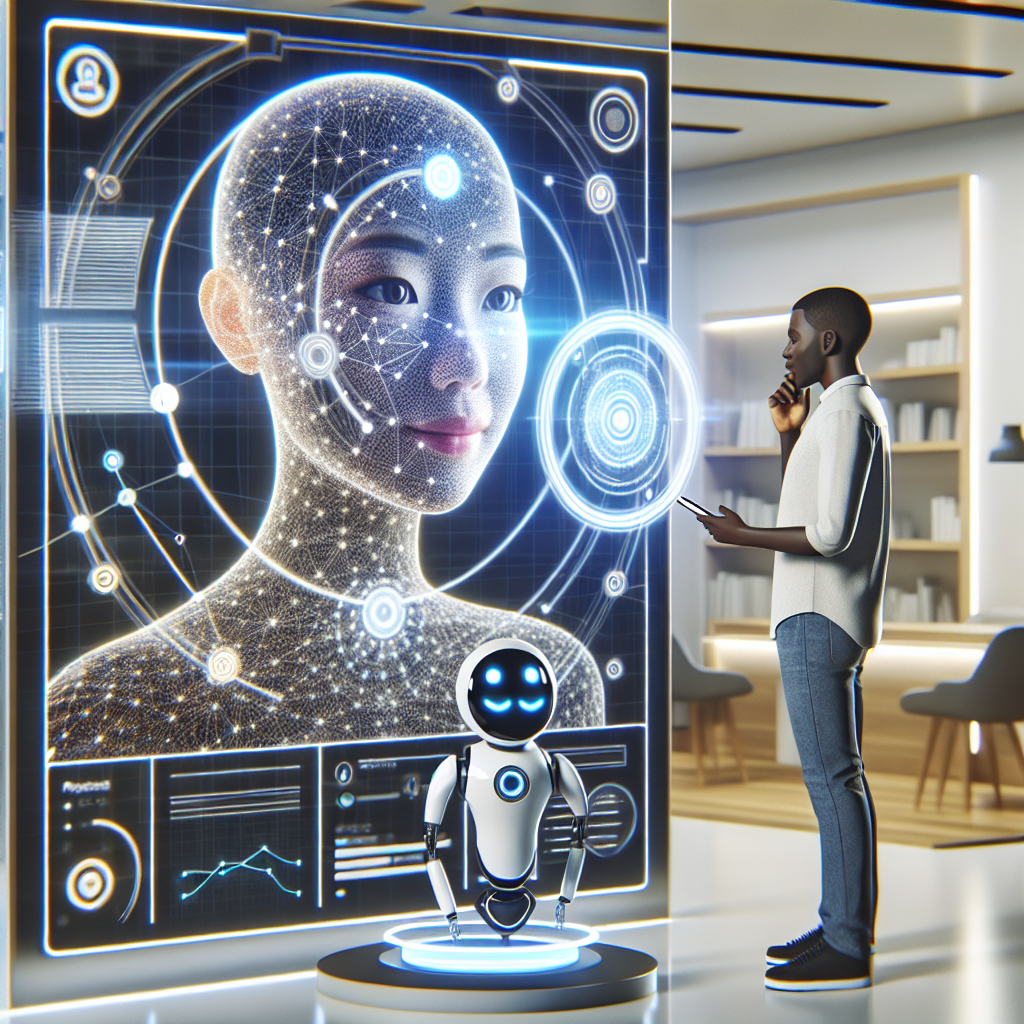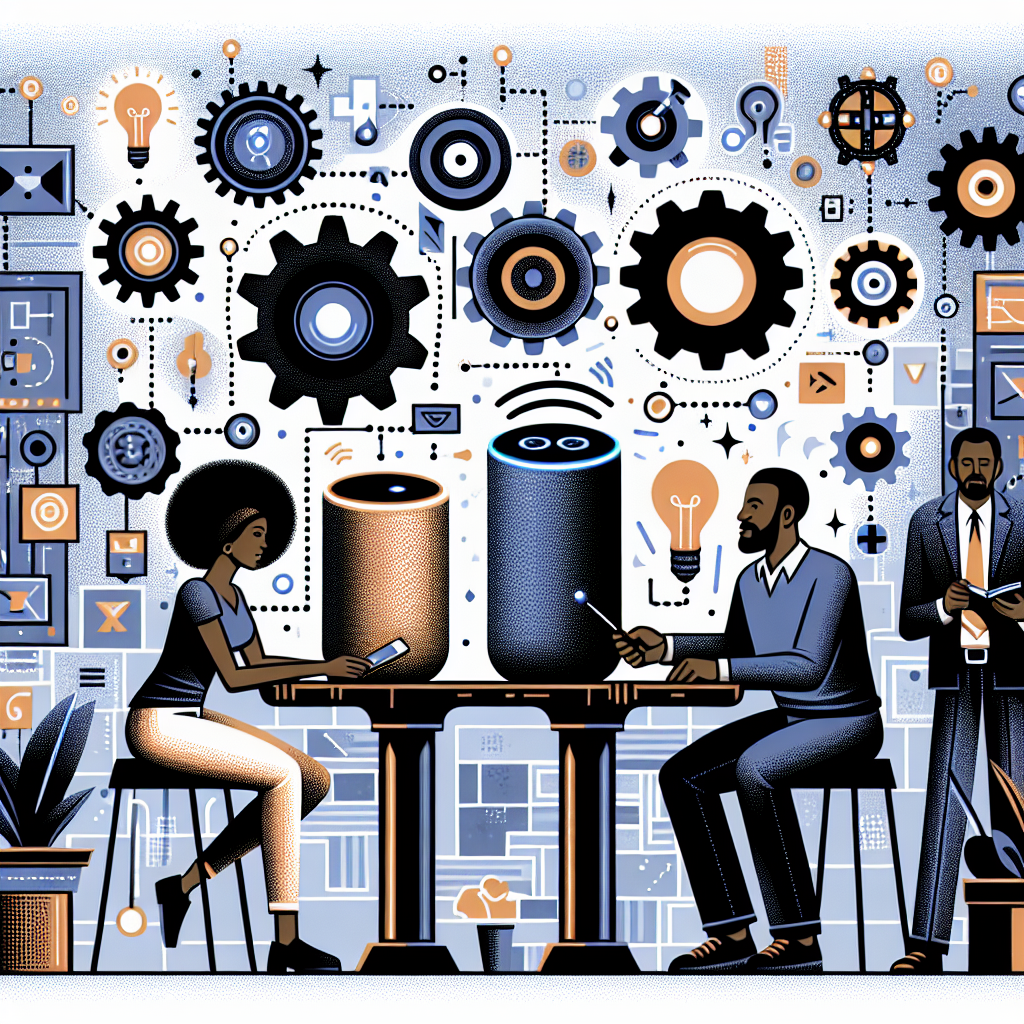
In the rapidly evolving landscape of customer service, the emergence of voice-activated troubleshooting represents a new frontier in delivering seamless and tailored support solutions. Central to this technological revolution is the automation of the troubleshooting process where the customer guides the system through voice commands, eliminating the need for manual interventions.
This novel approach pivots around an interactive dialogue system capable of understanding the nature of the issues presented by the customer and providing customized solutions accordingly. Thus, it converges towards convenience, speed, and efficiency - three tenets that today's digital customers value highly. Traditional text-based channels can sometimes be a source of frustration due to the convoluted and jargon-loaded nature of technical troubleshooting. In contrast, the conversational interface of voice-activated troubleshooting is known for its exceptional ease of use and clarity.

This cutting-edge technology incorporates advanced Natural Language Processing (NLP) techniques which handle the complexity of human speech and understand the intent of the user. Consequently, customers are no longer required to follow a predefined script or menu but instead can express their concerns naturally, just like they would do in a human-to-human interaction.
Furthermore, the integration of Machine Learning intensifies the system's capability to learn and improve from past interactions, harnessing a continuously evolving knowledge base to guide customers through an array of complex processes. This signifies not just a paradigm shift in how customer service is provided, but also a tremendous leap towards achieving unparalleled customer satisfaction and brand loyalty.
Voice-activated troubleshooting represents a significant innovation in customer service, enabling users to navigate through complex processes more fluently. At its core, this technology integrates three core domains: speech recognition, natural language processing (NLP), and machine learning.
Speech Recognition technology is the driving force behind voice-activated systems. These systems translate the human voice, often messy and hard to decipher, into digital signals that a computer can understand. They use sophisticated algorithms to decode the distinct phonemes (distinct units of sound) in a person’s speech, converting these into text. IBM has comprehensive resources for further understanding this domain.
The second crucial component is Natural Language Processing (NLP). Once the speech has been transcribed into textual data by the speech recognition software, NLP comes into play, facilitating the understanding of the meaning behind the transcribed text. Unlike humans who effortlessly intuit contextual meaning in a sentence, computers require NLP algorithms to decipher the context and sentiment in a text, thereby replicating human understanding. Nvidia’s AI Education provides an excellent in-depth analysis of NLP.
Finally, Machine Learning (ML) is the final piece in the voice-activated troubleshooting puzzle. ML algorithms learn from previous interactions to improve the system's understanding of more complex, nuanced inquiries over time. So, the more data the system processes, the more skilled it becomes at providing accurate and relevant responses. Google Developers has an excellent resource for acquainting oneself with ML.
In combination, speech recognition, NLP, and ML form the bedrock of voice-activated troubleshooting. Together, they ensure a seamless conversational experience, guiding customers efficiently through complex problem-solving processes.
As we tread further into the digital era, businesses are continually finding innovative ways to improve customer service and engagement. One of the latest strategies is voice-activated troubleshooting, enabled by AI receptionists. These intuitive, automated entities are revolutionizing customer support, providing real-time assistance and guiding users through complex processes instantly.

Currently leading AI systems have the impressive capability to identify, diagnose, and resolve customer issues in real time, during a direct phone call. This implementation of AI technology within customer services, not only improves efficiency but also enhances customer satisfaction.
AI receptionists are designed to interact seamlessly and contextually with their human counterparts. Leveraging Natural Language Processing (NLP), these systems can understand customer queries, distill complex data, and provide straightforward solutions. This real-time problem solving reduces customer frustration, keeps hold times to a minimum, and ensures that support is available around the clock.
In instances where a complex technical process needs to be explained, the AI receptionist is well-placed to guide customers stably and efficiently. Step-by-step guidance provided by these systems allows customers to follow along at their own pace, reducing the chances of miscommunication and error.
In conclusion, voice-activated troubleshooting has greatly streamlined customer support, allowing businesses to serve their customers more effectively. As AI receptionists grow smarter with each interaction, the future of customer service looks increasingly digital and instantly responsive, marking a new era in real-time problem solving.
Voice-activated technology has arrived to revolutionize customer service, specifically in troubleshooting complex processes. This cutting-edge technology brings several distinct benefits: notably improved speed, accuracy, and customer satisfaction.
The integration of voice-activation into troubleshooting processes dramatically speeds up resolutions. As compared to textual or manual-based troubleshooting instructions, voice instructions are efficient and time-saving. Customers can follow the step-by-step guidance conveniently, freeing them from the burden of juggling between the problematic device and the troubleshooting guide.
Additionally, the input errors that are often associated with manual troubleshooting are eliminated, resulting in increased accuracy with voice-activated systems. The system’s ability to provide highly precise instructions and confirm that each step is correctly implemented helps to diminish the risks of misinterpretation and oversight.
The greatest and most observable impact, though, is the raise in customer satisfaction levels. Voice-activated systems are interactive and user-friendly, affording customers with a more personalized troubleshooting style. The complexity of troubleshooting is considerably reduced, ensuring that customers feel more empowered in sorting out their own issues and thereby boosting their overall satisfaction.
The impact of technology on customer service is tangible, and voice-activated troubleshooting serves as a compelling example of how technical innovation can enhance customer experiences. By making the troubleshooting process faster, more accurate, and more user-friendly, the technology not only facilitates the process but also reinforces the brands favorability in the eyes of their customers.
Over recent years, tech companies have begun harnessing the power of voice technology to enhance customer service outcomes. These Voice-Activated Troubleshooting systems help guide customers through complex processes without demanding human intervention. Below, we analyze some real-world applications where voice-activated troubleshooting has proven to be extraordinarily impactful.

Siri by Apple is a classic example of successful voice-activated troubleshooting. The system is adept at helping users locate applications, navigate to websites, send messages, and conduct various other tasks – all handled by recognizing commands spoken in a variety of languages and accents.
Next is Alexa by Amazon. Alexa is renowned for managing smart home systems, answering queries, and controlling multimedia devices among other tasks. A complex encounter would be guiding a user to troubleshoot why a smart light bulb isn't responding. Such scenarios are handled with minimal effort, thanks to the voice-activated system.
Another impressive case would be Google Assistant. Google's adaptive technology can understand context, remember preferences, and even learn users' behaviors to provide personalized voice-activated troubleshooting. For instance, if a user's phone battery is frequently dying, the Assistant can guide them through possible causes like running demanding apps or having a bad battery, eventually proposing solutions.
In summary, voice-activated troubleshooting is revolutionizing customer service. Whether assisting in day-to-day tasks or guiding users through complex troubleshooting situations, these tech advancements are making lives easier and more convenient.
As we progress, voice-activated troubleshooting has the potential to further refine customer service, providing faster, more efficient solutions to user troubles. The need of the hour is for more companies to consider integrating such technologies as part of their customer support.
As we journey further into the twenty-first century, devices with Voice-Activated Technology are fast becoming the norm in our daily lives. The ability to control and interact with technology via voice has begun to revolutionize the customer service industry. This is only the tip of the iceberg, however, as the upcoming advancements predicted by experts could potentially alter how we troubleshoot complex processes.
One of the anticipated upgrades in this technology is the capability to understand multiple languages and regional dialects. It’s predicted that devices will handle language-switching sincerely, accommodating a broader customer base, thus enhancing the user experience. In densely multilingual regions, this advancement could make Voice-Activated Troubleshooting an instant hit.
Another exciting development is the use of voice biometrics for identity verification. As privacy concerns ramp up, biometric safeguards are quintessential. The tech would verify users based on their unique voice prints, adding a new layer of security. This would drastically streamline the troubleshooting process for the customers, as well as the service provider.
Furthermore, ongoing research into Natural Language Processing (NLP) and Machine Learning (ML) hints at more intelligent voice assistants in the near future. These smart assistants would better comprehend the emotional state of the customers and adapt their responses, making the overall service more empathetic and efficient. Troubleshooting will evolve from a binary process into an engaging conversation, reducing customer stress and enhancing satisfaction.
In conclusion, as we anticipate these advancements, we can be assured that voice-activated technology will revolutionize customer service, particularly in guiding through complex processes. The future seems promising for both businesses and customers alike.
Start your free trial for My AI Front Desk today, it takes minutes to setup!








